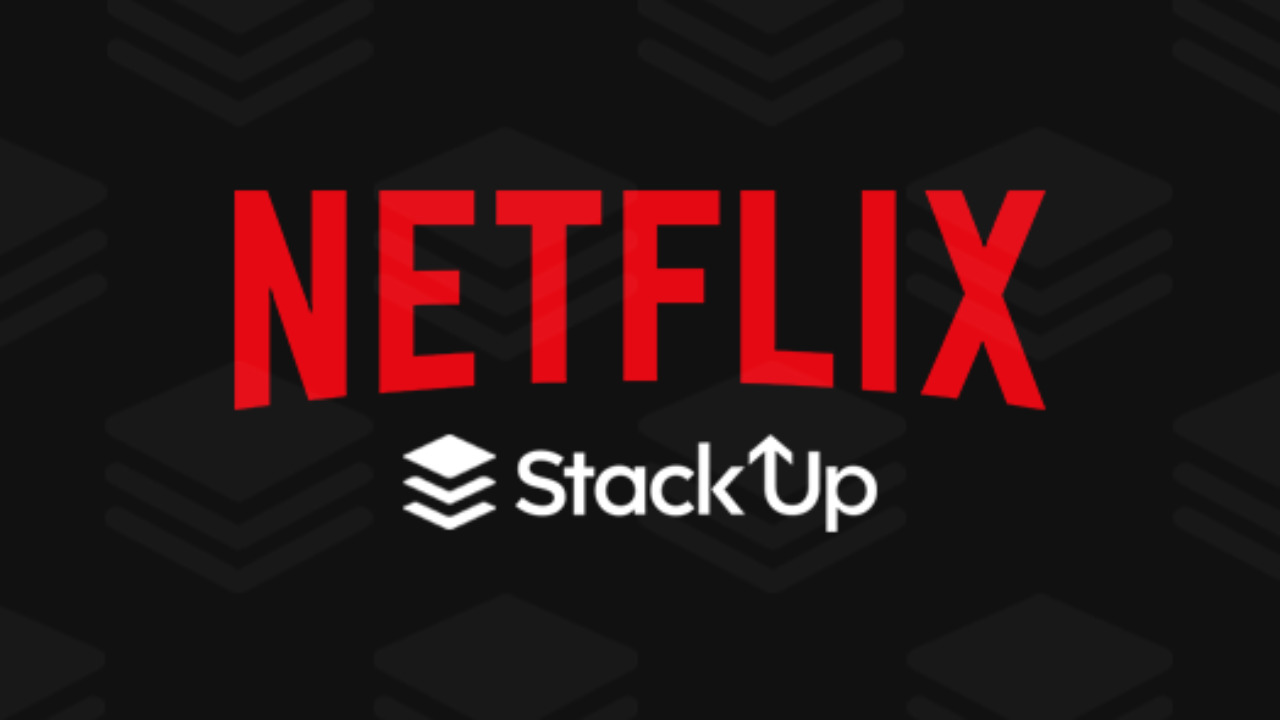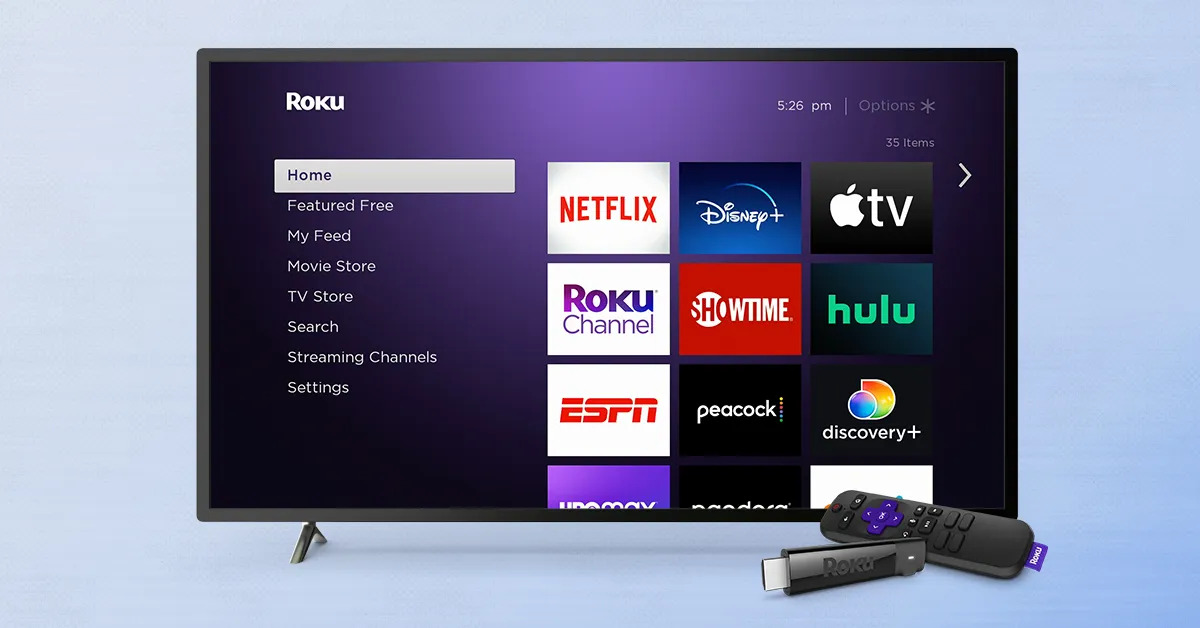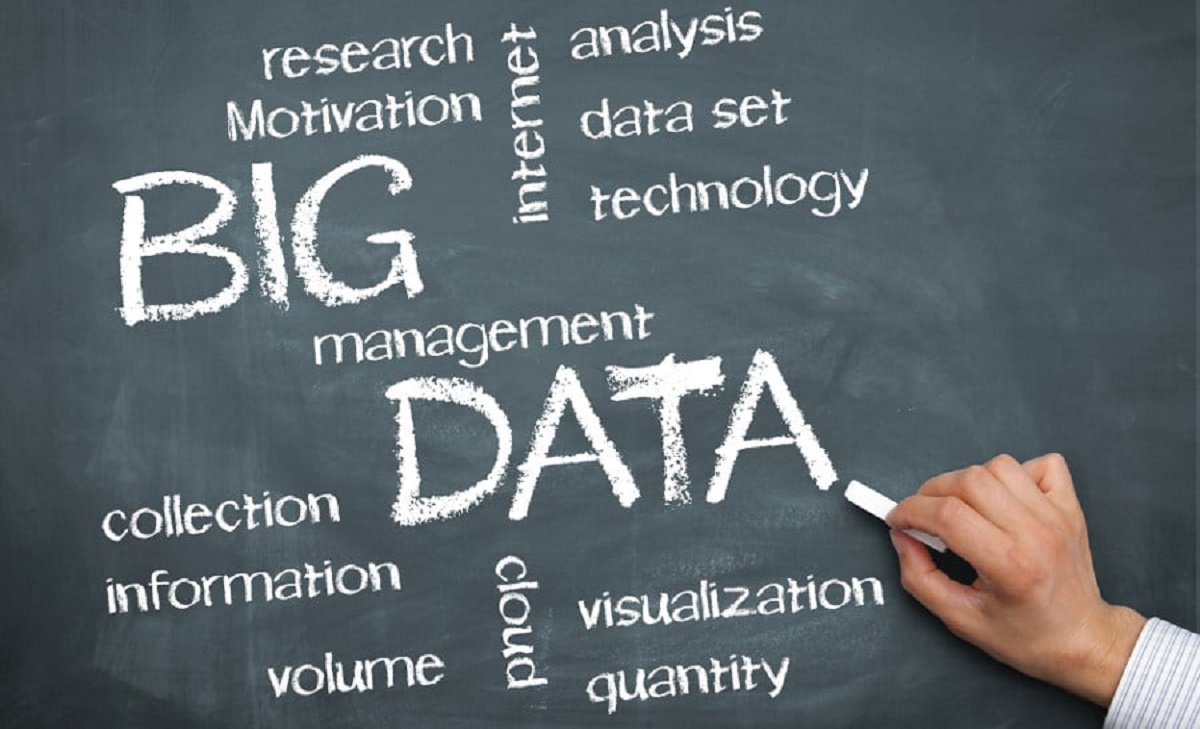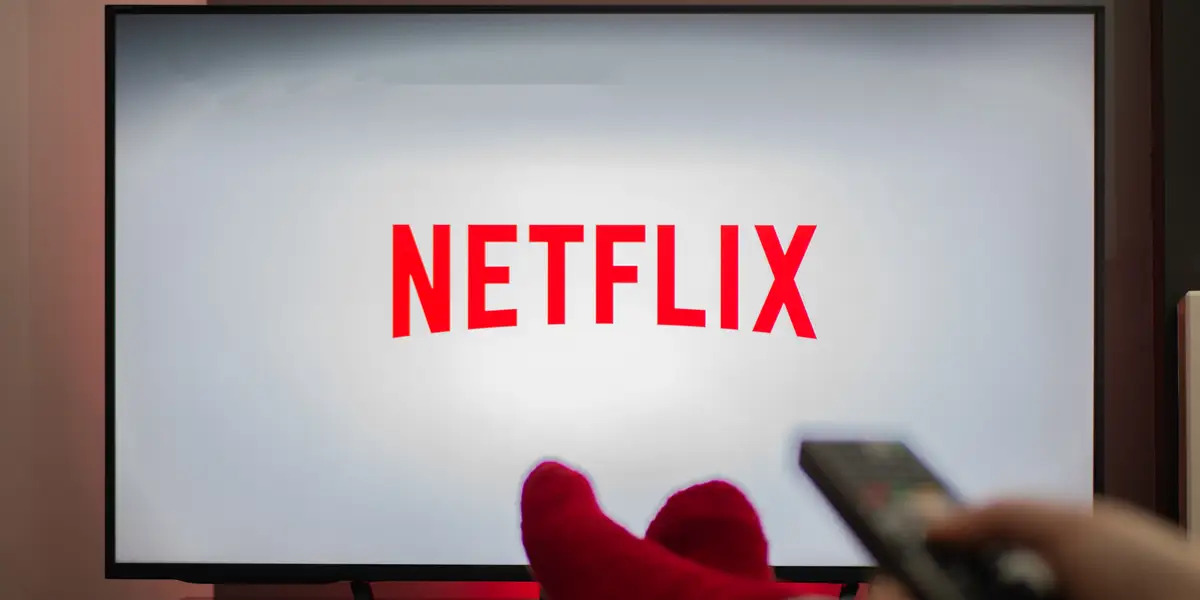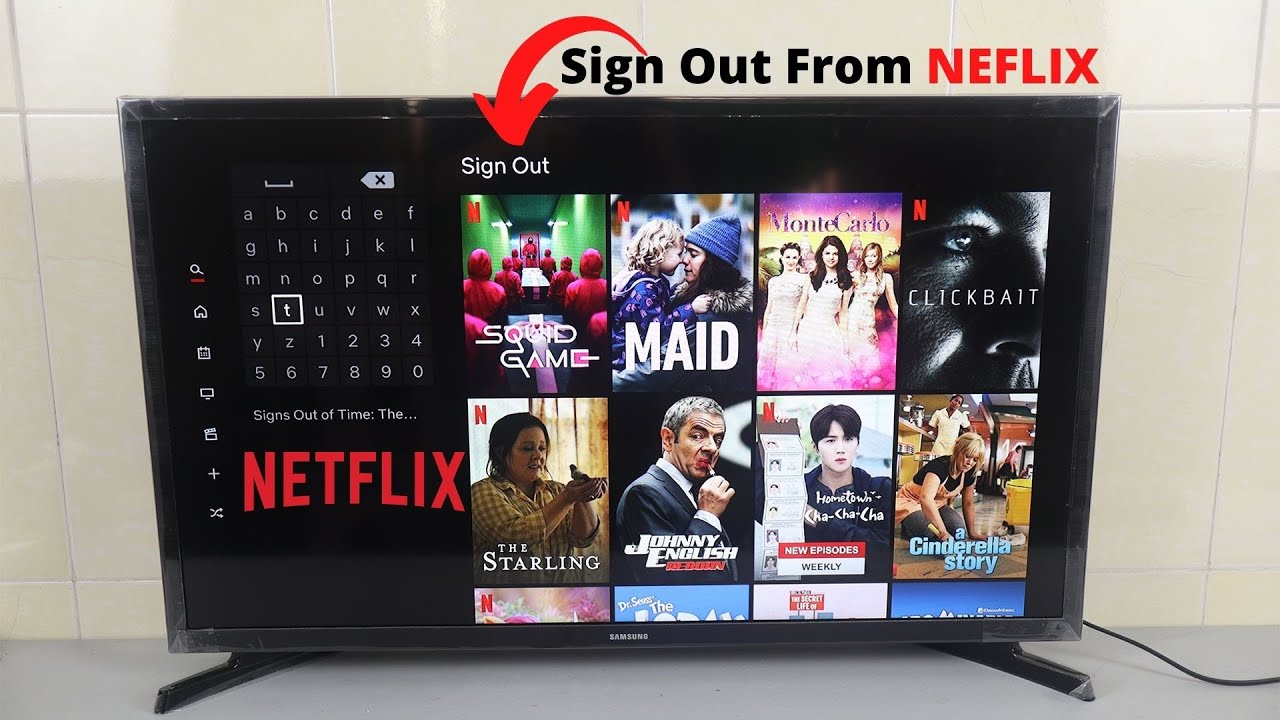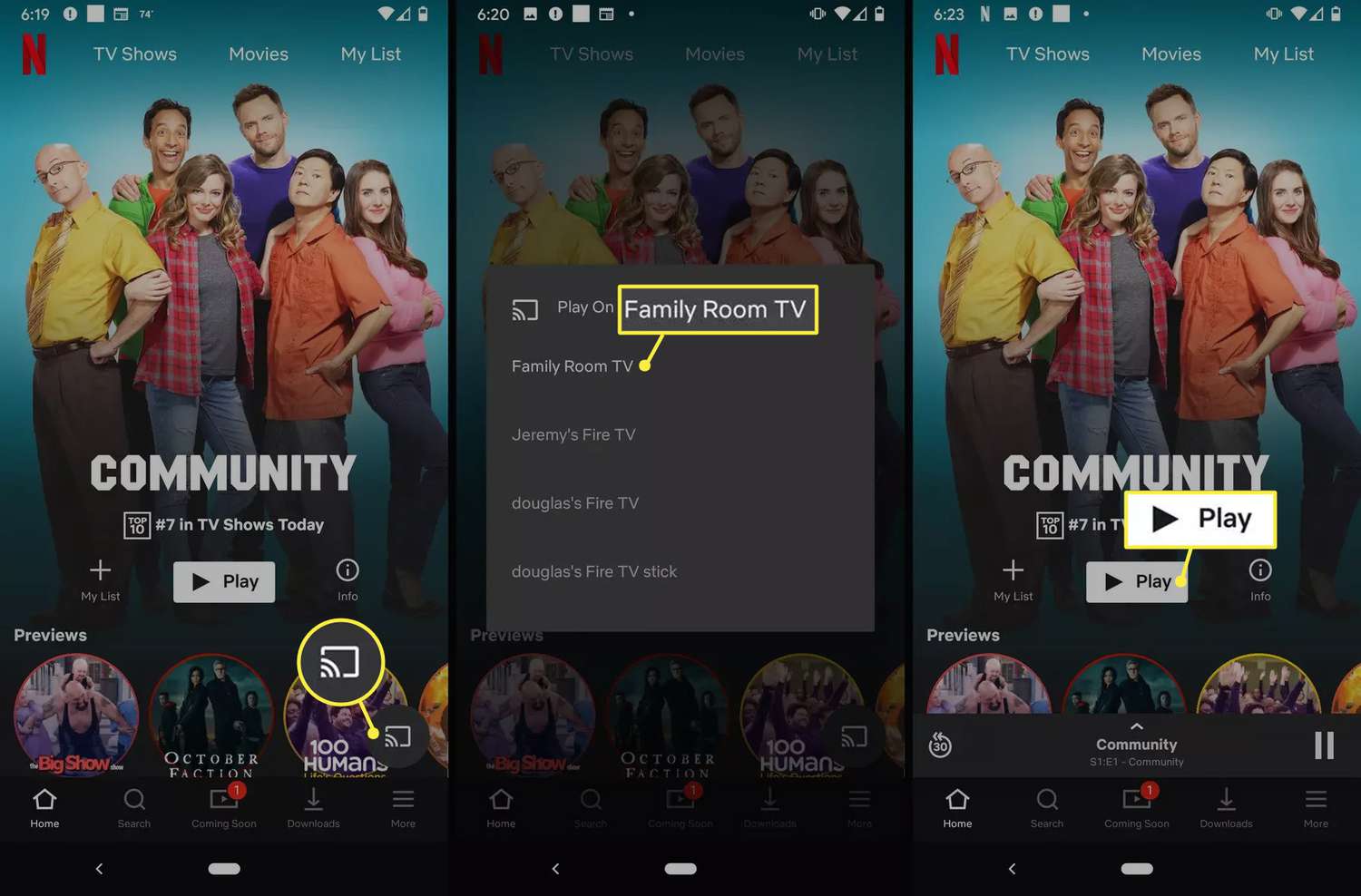Introduction
Big data has become an integral part of modern businesses, transforming the way companies operate and make strategic decisions. Netflix, the popular streaming platform, is a prime example of a company that leverages the power of big data to enhance its services and maintain a competitive edge in the market. From personalized recommendations to optimizing content delivery, Netflix utilizes various data-driven strategies to cater to its users’ preferences and improve their overall experience.
At its core, Netflix is a data-driven company that relies on vast amounts of information to make informed decisions about its content library, user interface, and business strategies. By collecting and analyzing user data, Netflix gains valuable insights into user preferences, viewing habits, and audience behavior. This data is then used to drive personalized recommendations, improve content delivery, and create new original content that resonates with its diverse user base.
In this article, we will explore the ways in which Netflix uses big data to revolutionize its streaming services and stay ahead of the competition. We will delve into the process of collecting and storing data, the importance of personalized recommendations, and how Netflix optimizes content delivery based on user preferences. Additionally, we will discuss how Netflix utilizes big data to enhance the overall user experience, create compelling original content, and gain valuable insights through analytics.
By understanding how Netflix makes use of big data, we can appreciate the company’s ability to provide a highly personalized streaming experience and continually innovate its offerings. From the moment a user logs in to the platform, Netflix analyzes their viewing history, ratings, and interactions with the platform to make tailored recommendations – often resulting in a binge-worthy viewing experience. Moreover, Netflix uses data to optimize its content delivery infrastructure, ensuring that users can stream their favorite shows and movies seamlessly without interruptions or buffering issues. This commitment to providing a superior user experience has played a significant role in Netflix’s growth and dominance in the streaming industry.
Throughout this article, we will uncover the underlying mechanisms that power Netflix’s big data strategies and highlight the company’s ongoing efforts to better understand its users, improve content recommendations, and create compelling original programming. By the end, you will have a clear understanding of how Netflix leverages big data to keep millions of viewers engaged and satisfied with their streaming experience.
The Role of Big Data in Netflix’s Success
The success of Netflix as a global streaming platform can be attributed, in large part, to its effective use of big data. By harnessing the power of data analytics, Netflix has been able to understand its users better, tailor its content offerings, and continuously improve the overall user experience.
One of the key ways in which big data contributes to Netflix’s success is through personalized recommendations. By collecting and analyzing massive amounts of data on user viewing habits, ratings, and interactions with the platform, Netflix can create individualized content suggestions for each user. This personalized approach ensures that users are more likely to find shows and movies that align with their preferences, increasing their engagement and satisfaction levels.
Moreover, big data plays a crucial role in optimizing content delivery on Netflix. The platform’s content delivery network (CDN) uses data on various factors like user location, network conditions, and device capabilities to deliver streaming quality that is tailored to each user. This data-driven approach enables Netflix to provide a seamless and buffer-free streaming experience, regardless of the user’s location or the device they are using.
In addition to enhancing the user experience, big data also drives Netflix’s content creation decisions. By analyzing viewer data and feedback, Netflix can identify content trends and preferences, which inform its decisions to produce original programming. Shows like “Stranger Things” and “House of Cards” have been huge successes for the platform, thanks to the data-backed insights that guided their creation.
Analytics and insights derived from big data also enable Netflix to make informed business decisions. For example, data on user demographics, preferences, and consumption patterns help Netflix negotiate licensing deals and determine which content to acquire or produce. This data-driven approach reduces the financial risk associated with content procurement and ensures that the platform offers a curated library of shows and movies that resonate with its user base.
In summary, big data is integral to Netflix’s success on multiple levels. The platform’s ability to provide personalized recommendations, optimize content delivery, create compelling original programming, and make data-driven business decisions is all fueled by the massive amounts of user data it collects and analyzes. By leveraging the power of big data, Netflix is able to stay ahead of the curve and deliver a superior streaming experience to its millions of subscribers worldwide.
Collecting and Storing Data
Collecting and storing data lies at the foundation of Netflix’s big data strategies. The platform gathers vast amounts of data from various sources, which are then carefully analyzed to gain insights into user behavior, preferences, and viewing habits.
Netflix collects user data through multiple channels. When a user creates an account, they provide basic information such as age, gender, and location. Additionally, as users browse and interact with the platform, Netflix collects data on the shows or movies they watch, the ratings they provide, and even the time spent on each title. This wealth of data allows Netflix to develop a comprehensive understanding of each user’s preferences and tailor their experience accordingly.
To store and manage this enormous amount of data, Netflix employs a sophisticated data infrastructure. The platform relies on a combination of cloud computing and distributed database systems to store and process the data efficiently. Netflix also employs advanced analytics tools and machine learning algorithms to analyze the data in real-time, enabling the platform to make data-driven decisions quickly and accurately.
One of the key challenges faced by Netflix is the sheer scale of the data it collects. Every day, millions of users stream content on the platform, generating tremendous amounts of data. To handle this, Netflix has built a highly scalable and resilient infrastructure capable of handling the massive influx of data. The data collected is organized and stored in various database systems, such as Apache Cassandra and Amazon S3, ensuring both reliability and accessibility.
Ensuring the security and privacy of user data is of utmost importance to Netflix. The platform implements robust security measures to protect user information from unauthorized access, ensuring that user privacy is maintained while still being able to utilize the data for analytical purposes. Netflix adheres to stringent data protection regulations and employs encryption and access controls to safeguard user data from potential threats.
In summary, collecting and storing data is a fundamental aspect of Netflix’s big data strategy. By gathering and analyzing large volumes of user data, Netflix gains valuable insights into user preferences, enables personalized recommendations, and makes data-driven decisions. The platform’s robust and scalable infrastructure ensures that data is securely stored and processed, enabling Netflix to leverage the power of big data to enhance its services and provide an exceptional streaming experience to its users.
Personalized Recommendations
One of the key ways Netflix utilizes big data is through the implementation of personalized recommendations. By analyzing user data, viewing history, and preferences, Netflix can provide tailored content suggestions to each user, enhancing their overall streaming experience.
Netflix collects a vast amount of data on user behavior, including what shows or movies they watch, how long they watch, and the ratings they provide. This data is then analyzed using sophisticated algorithms that take into account various factors, such as genre preferences, previous viewing history, and similar user profiles. These algorithms are constantly learning and adapting, ensuring that the recommendations continually improve over time.
The personalized recommendation system is a critical component of Netflix’s success. It enables the platform to offer a curated selection of content to each user, increasing their engagement and satisfaction levels. By suggesting shows and movies that align with a user’s preferences, Netflix encourages them to explore new titles and discover hidden gems, ultimately leading to increased viewing time and customer loyalty.
Netflix’s personalized recommendation system goes beyond just suggesting popular or trending content. It takes into account each user’s unique tastes and viewing habits, providing them with recommendations that are highly relevant and personalized. This level of customization is possible due to the vast amounts of data Netflix collects and the sophisticated algorithms it employs to analyze that data.
Furthermore, the recommendation system considers contextual factors such as the time of day, day of the week, and even the user’s location. For instance, if a user frequently watches romantic comedies on Friday evenings, Netflix may recommend similar titles during that time slot. By understanding and adapting to each user’s viewing patterns, Netflix ensures that the content suggestions are not only personalized but also timely and fitting for the user’s current mood or context.
The personalized recommendation system is constantly evolving, thanks to Netflix’s commitment to continuous improvement and innovation. The platform regularly conducts A/B testing and experiments to refine its algorithms and enhance the accuracy of its recommendations. It also takes user feedback into account, ensuring that the system reflects the preferences and needs of its diverse user base.
In summary, personalized recommendations are a key feature that sets Netflix apart from its competitors. By harnessing the power of big data and employing sophisticated algorithms, Netflix provides users with tailored content suggestions, increasing engagement and satisfaction. Through constant improvement and innovation, the recommendation system enables Netflix to deliver a highly personalized streaming experience to its millions of users worldwide.
Optimizing Content Delivery
In addition to personalized recommendations, Netflix also leverages big data to optimize content delivery and ensure a seamless streaming experience for its users. By analyzing data on factors such as user location, network conditions, and device capabilities, Netflix can tailor its content delivery to provide the best possible streaming quality.
One of the key challenges for any streaming platform is delivering content without interruptions or buffering issues. Netflix tackles this challenge by utilizing a content delivery network (CDN) that is optimized for efficient data transmission. The CDN is spread across multiple locations worldwide, ensuring that content is delivered from a server that is geographically close to the user, reducing latency and improving streaming performance.
Netflix’s CDN takes advantage of big data analytics to determine the optimal route for content delivery. By analyzing real-time data on user location, network conditions, and traffic congestion, Netflix can dynamically route content through the best-performing network paths, reducing buffering and ensuring a smooth streaming experience. This data-driven approach allows Netflix to adapt to changing network conditions and provide a consistent and reliable streaming service.
In addition to optimizing content delivery through the CDN, Netflix also employs encoding algorithms that are tailored to each user’s device capabilities. By analyzing data on the user’s device type, internet connection, and available bandwidth, Netflix can adjust the encoding settings to deliver the best quality video that is compatible with the user’s device. This ensures that users can enjoy their favorite shows and movies in the highest possible quality without experiencing buffering or playback issues.
Furthermore, Netflix uses big data to monitor and analyze real-time streaming performance. By collecting data on buffer ratios, bitrates, and rebuffering events, Netflix can identify and address any issues that may affect the streaming experience. This proactive approach allows Netflix to continuously optimize its streaming infrastructure and make data-driven adjustments to improve performance.
Netflix also evaluates the impact of different content delivery strategies through A/B testing. By comparing the performance and user experience of different encoding settings, CDN configurations, and streaming algorithms, Netflix can iteratively refine its content delivery process and ensure it meets the evolving needs of its users.
In summary, big data plays a crucial role in optimizing content delivery on Netflix. By analyzing data on user location, network conditions, and device capabilities, Netflix can tailor its content delivery to provide a seamless and buffer-free streaming experience. The platform’s CDN, adaptive encoding algorithms, and real-time performance monitoring are all powered by big data, enabling Netflix to deliver high-quality content to millions of users worldwide.
Enhancing User Experience
One of the primary goals of Netflix is to provide users with a seamless and enjoyable streaming experience. Big data plays a vital role in achieving this by enabling Netflix to understand user preferences, optimize its user interface, and personalize the overall user experience.
Netflix collects and analyzes vast amounts of data on user behavior, including what shows or movies they watch, how they interact with the platform, and even the devices they use. This data allows Netflix to gain valuable insights into user preferences and viewing habits, which are then used to improve the user experience in various ways.
One of the key ways Netflix enhances the user experience is through the development of a user-friendly interface. By analyzing user data on browsing behavior and engagement with different features, Netflix can identify areas of improvement and make data-driven decisions to optimize the user interface. This may involve making content recommendations more prominent, improving search functionality, or introducing new features based on user preferences.
Moreover, big data enables Netflix to provide a highly personalized user experience. The platform utilizes advanced algorithms to analyze user data and generate tailored content recommendations. By presenting users with content that aligns with their preferences, Netflix increases the likelihood of users discovering new shows or movies they will enjoy. This personalization creates a more engaging and satisfying experience, keeping users coming back to the platform.
In addition to personalized recommendations, Netflix uses big data to enhance content discovery. The platform analyzes user data to identify patterns and trends in viewing habits, enabling Netflix to curate content categories and collections that are relevant to each user. By offering curated selections based on user preferences, Netflix makes it easier for users to find content they are interested in, ultimately improving their overall experience and reducing the time spent searching for something to watch.
Netflix also applies big data to improve the recommendation algorithms themselves. The platform runs frequent A/B tests to evaluate different algorithms and refine the recommendation process. By constantly experimenting and iterating based on user feedback and data analytics, Netflix ensures that the recommendations provided are accurate, insightful, and genuinely useful to users.
Beyond content recommendations and user interface enhancements, Netflix leverages big data to enhance customer support and service. By analyzing customer service data and user feedback, Netflix can identify common issues or pain points experienced by users. This allows the company to prioritize and address these concerns, improving customer satisfaction and the overall user experience.
In summary, big data plays a pivotal role in enhancing the user experience on Netflix. Through data analysis, Netflix can optimize its user interface, deliver personalized recommendations, improve content discovery, and address common issues faced by users. By continuously leveraging the power of big data, Netflix strives to provide a seamless, enjoyable, and highly personalized streaming experience for its millions of users worldwide.
Using Data for Original Content Creation
Netflix’s success in producing original content is largely attributed to its data-driven approach. By analyzing user data and insights, Netflix can make informed decisions about the type of original programming to create, ensuring that it resonates with its diverse user base.
The vast amount of data Netflix collects provides valuable insights into user preferences, viewing habits, and content trends. This data is utilized to identify gaps in the market and understand what content is likely to resonate with different audience segments. By analyzing data on viewer demographics, genre preferences, and engagement levels, Netflix can create original programming that has a higher chance of success.
Furthermore, Netflix uses data to assess the potential audience for each original content idea. By evaluating the popularity of related genres, similar shows, or the performance of similar content on the platform, Netflix can estimate the potential reach and appeal of a new original production. This data-driven approach allows Netflix to make more informed decisions about the investment and production of new content, reducing the financial risk associated with the creation of original programming.
Moreover, data-driven insights also play a significant role in content promotion and marketing. Netflix analyzes user data to identify the most effective ways to target and engage with its audience. By understanding user preferences and viewing patterns, Netflix can personalize the marketing campaigns for its original shows, ensuring that users are more likely to be aware and engaged with the upcoming content.
Netflix also utilizes data to improve the creative decision-making process for its original programming. By analyzing data on audience reactions, such as viewer ratings, reviews, and social media buzz, Netflix can gain insights into what elements of a show resonate with viewers and what aspects may need improvement. This feedback loop enables Netflix to iterate and refine its content creation strategies, continually improving the quality and appeal of its original programming.
Furthermore, data-driven insights contribute to the ongoing success of Netflix’s original content. As users engage with and consume original shows, Netflix can track data on viewer retention, season binge-watching habits, and interactions with related content. This data helps inform decisions about renewing shows for additional seasons, developing spin-offs, or creating content that complements successful original productions.
In summary, data plays a crucial role in Netflix’s original content creation process. Through data analysis, Netflix gains insights into audience preferences, assesses the potential success of new productions, and continually improves the quality of its programming. By using data to inform creative decisions and understand audience behavior, Netflix has become a major player in the production of original content, captivating audiences and keeping them engaged with their unique shows and movies.
Analytics and Insights
Analytics and insights derived from big data are instrumental to Netflix’s success and continuous improvement. By employing robust data analytics techniques, Netflix gains valuable insights into user behavior, content performance, and market trends, enabling the company to make data-driven decisions that drive growth and enhance the streaming experience for its users.
Netflix utilizes a wide range of analytics tools and techniques to analyze the vast amount of data it collects. This includes data mining, machine learning, and predictive analytics, among others. By harnessing the power of these tools, Netflix can identify patterns, trends, and correlations within the data, allowing for a deeper understanding of user preferences and viewer engagement.
One area where analytics plays a critical role is in measuring user engagement. Netflix analyzes data on user interactions, such as play time, pausing, rewinding, and skipping, to assess viewer engagement and identify areas where improvements can be made. By understanding how users interact with the platform and content, Netflix can make informed decisions on optimizing the user interface, content format, and even storytelling techniques.
Analytics also inform content acquisition and licensing decisions. Netflix analyzes data on content performance, viewer demographics, and consumption patterns to determine the popularity and potential success of acquiring or producing a particular content. By leveraging data and insights, Netflix minimizes the risk associated with content acquisition and aims to offer a curated library of shows and movies that resonate with its diverse user base.
Market research and trend analysis form an integral part of Netflix’s analytics strategy. By analyzing data on viewer preferences, competitor insights, and global content consumption patterns, Netflix gains a comprehensive understanding of market trends and content demands. This knowledge allows the company to stay ahead of the curve, identify emerging genres or themes, and tailor its content strategy to cater to evolving audience interests.
Netflix also utilizes analytics to track and measure the success of its original programming. By analyzing data on viewer engagement, ratings, and social media buzz, Netflix can gauge the overall reception and impact of its original shows and movies. This feedback loop enables Netflix to evaluate the performance of its content, make informed decisions about renewing or canceling shows, and continually improve the quality and relevance of its original productions.
In summary, analytics and insights derived from big data are vital to Netflix’s success in the streaming industry. By analyzing user behavior, content performance, and market trends, Netflix can make data-driven decisions to enhance the user experience, optimize content selection, and stay ahead of the competition. Constantly leveraging the power of analytics allows Netflix to continually improve its offerings, deliver high-quality and personalized content, and keep millions of viewers engaged and satisfied with their streaming experience.
Conclusion
In conclusion, Netflix’s success and dominance in the streaming industry can largely be attributed to its effective utilization of big data. By harnessing the power of data analytics, Netflix has transformed the way it operates, making data-driven decisions that enhance the user experience, personalize recommendations, optimize content delivery, and create compelling original programming.
Through the collection and analysis of vast amounts of user data, Netflix gains valuable insights into audience preferences, viewing habits, and content trends. This data forms the foundation for personalized recommendations, which ensure that users are presented with tailored content suggestions that align with their tastes and preferences.
Moreover, big data enables Netflix to optimize its content delivery through a sophisticated content delivery network (CDN). By analyzing user location, network conditions, and device capabilities, Netflix can deliver a seamless and buffer-free streaming experience, customized for each user.
Netflix also utilizes data to drive its original content creation efforts. By analyzing data on user preferences, market trends, and content performance, Netflix can make informed decisions about the type of original programming to produce, reducing the financial risk and increasing the likelihood of success.
Furthermore, analytics and insights derived from big data enable Netflix to continually refine its offerings. By analyzing user behavior, viewer engagement, and market trends, Netflix can optimize its user interface, improve content discovery, and ensure that its content library caters to the evolving preferences of its diverse user base.
In essence, big data has become an integral part of Netflix’s DNA. It drives the company’s decisions, enables personalized experiences, and ensures that users have a seamless and enjoyable streaming experience. Netflix’s commitment to utilizing data analytics and continuously improving its offerings has solidified its position as a leader in the streaming industry, captivating audiences and shaping the future of entertainment.









